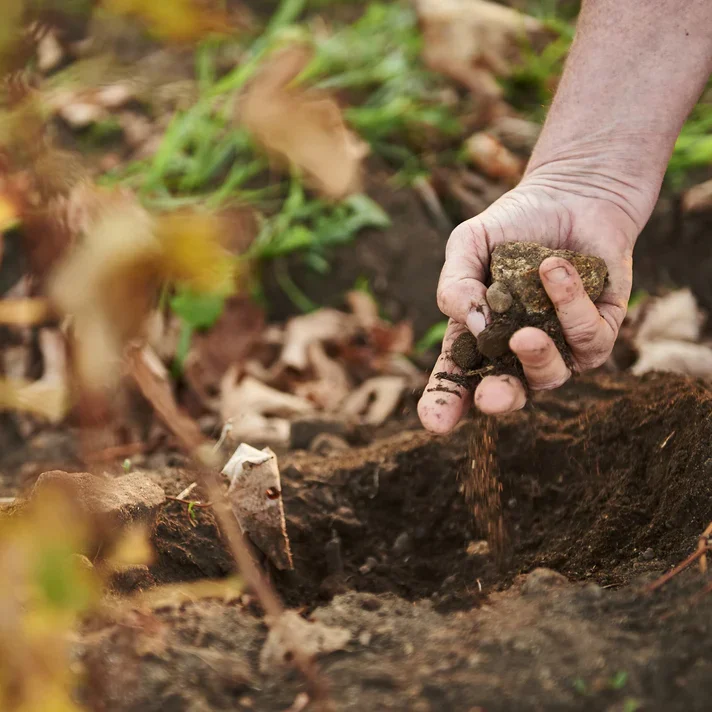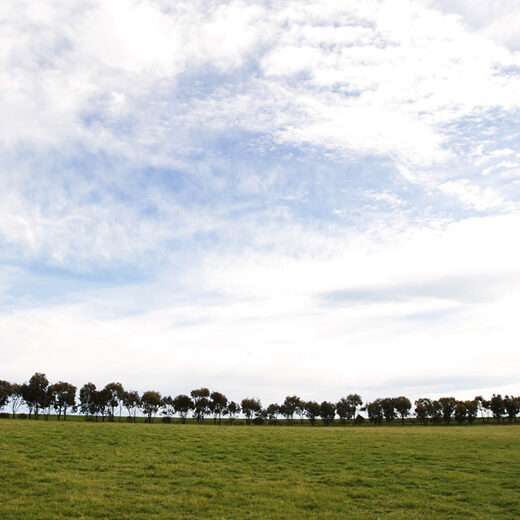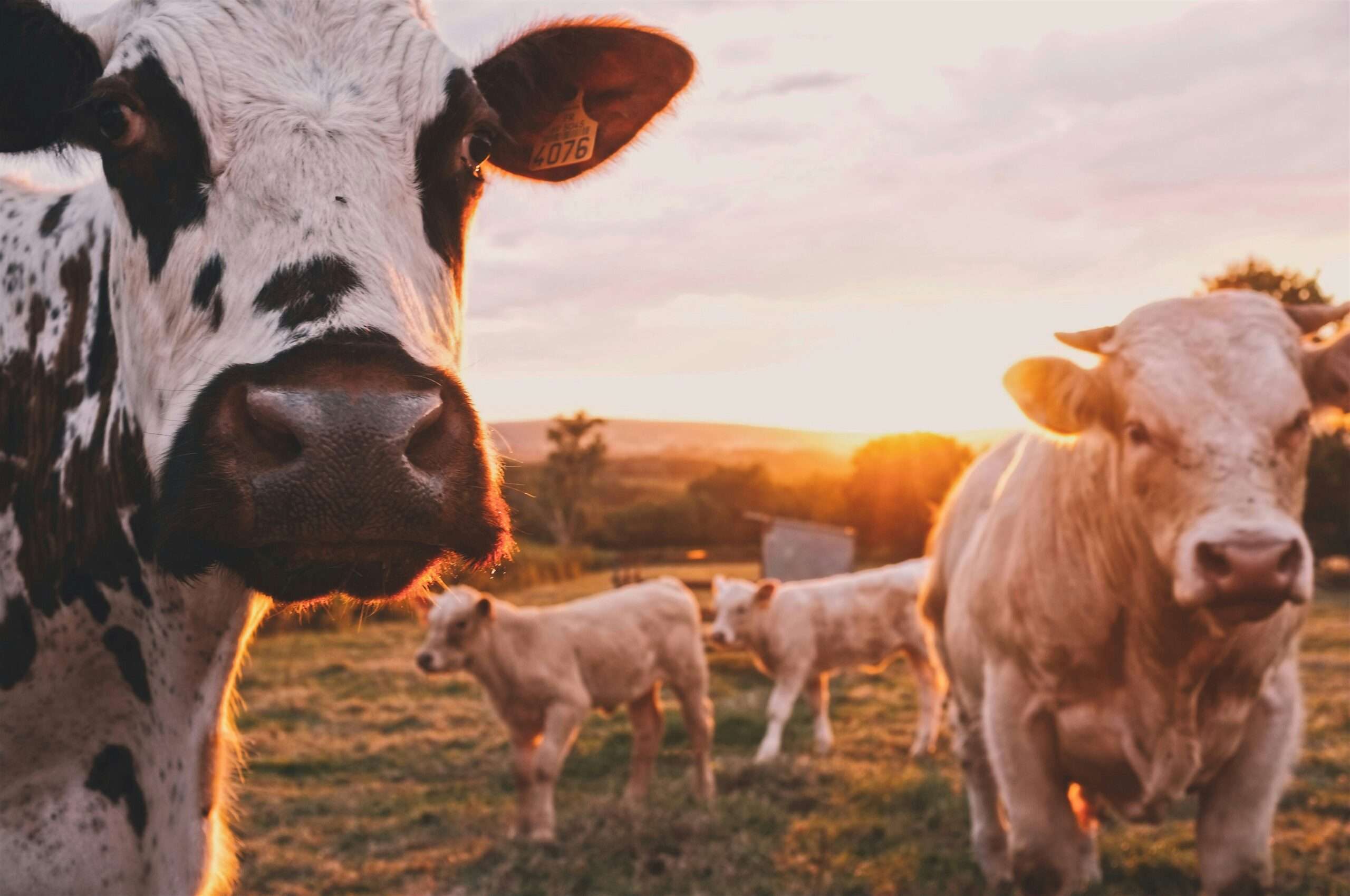Biodynamic farming is on the rise in Australia, and in a world where “sustainability” is more than just a trendy buzzword, it makes sense. More home growers, farmers, and winemakers are turning to biodynamics as a way to produce top-quality food while giving back to the land. But what exactly is it, and why is everyone suddenly talking about it?
Unlike organic farming, biodynamics takes things up a notch by treating the farm as a self-sustaining ecosystem. It is all about working with nature, balancing biodiversity, soil health, and even cosmic rhythms (yes, the moon gets a say in this too). Developed in the 1920s by Dr. Rudolf Steiner, this approach combines crop rotation, composting, and lunar planting cycles to create a thriving agricultural system.
With soil degradation and climate change knocking at our door, more Aussie farmers are ditching chemicals and embracing biodynamics. From wineries to market gardens, it is gaining traction, but is it just another farming trend or could it be the future of agriculture? Let’s dive into how biodynamic farming is changing the game in Australia and how you can get involved.
What is Biodynamic Farming?
Biodynamic Farming as a Self-Sustaining Farming System
Biodynamic farming is like organic farming’s overachieving sibling. It takes chemical-free agriculture a step further by treating the farm as a self-sustaining ecosystem, where everything from the soil to the plants, animals, and even the moon, is connected. Instead of relying on synthetic fertilisers or pesticides, biodynamic agriculture focuses on natural solutions that restore soil health and biodiversity to keep farms at optimal productiveness.
This holistic approach requires farmers to work with nature rather than against it. Composting, crop rotation, and natural pest control are all key elements, but what sets biodynamic farming apart is the use of special soil and plant preparations to boost microbial life in the soil and improve plant resilience.
Origins from Dr. Rudolf Steiner’s Philosophy (1920s)
Biodynamic agriculture has been around for over a century, with its roots in the teachings of Dr. Rudolf Steiner. In the 1920s, long before regenerative agriculture was a thing, Steiner saw the dangers of industrial farming, its reliance on chemicals and the risks it posed to soil health and farming productivity. He introduced biodynamic principles as a way of creating healthier, more resilient farms by working in harmony with nature.
His philosophy combined practical farming methods with a deeper understanding of the natural world. He believed that soil health, biodiversity, and even celestial forces played a role in how plants grow. It might not come as surprise to you that some of his ideas were pretty radical and not always widely accepted by society at the time. Now though, modern science is beginning to support many of the fundamental biodynamic principles, particularly when it comes to soil regeneration and ecosystem balance.
TL;DR: Biodynamic farming takes organic to the next level, no synthetic chemicals, just a self-sustaining ecosystem where soil, plants, animals, and even the moon work together. Rooted in Dr. Rudolf Steiner’s 1920s philosophy, it prioritises composting, crop rotation, and special soil preparations to boost resilience. Once seen as radical, science now supports its benefits for soil health and sustainability.
The Key Principles of Biodynamic Farming
1. The Farm as a Self-Sustaining Organism
At the heart of biodynamic farming is the idea that a farm should function like a self-sustaining organism. Instead of relying on external inputs like synthetic fertilisers or pesticides, biodynamic agriculture creates a closed-loop system where everything the farm needs comes from within.
This means integrating livestock, composting, and natural cycles to keep the land productive. Animals provide manure that enriches the soil, plant waste is turned into nutrient-dense compost, and crop rotation helps maintain soil health. It’s all about working with nature’s systems rather than disrupting them. The result? Healthier farms, more resilient crops, and a whole lot less reliance on outside resources.
2. Biodynamic Compost and Soil Enrichment
If composting had an elite level, biodynamic farming would be it. Biodynamic principles take soil health seriously, using specialised compost preparations to supercharge microbial life and improve fertility. These preparations include fermented herbs, minerals, and even cow manure buried inside a horn (yes, really) to create potent soil amendments.
Unlike conventional farming, which often depletes soil with synthetic fertilisers, biodynamic agriculture focuses on feeding the soil rather than just the plants. The idea is that healthy, microbe-rich soil leads to stronger crops that are naturally resistant to pests and disease. Plus, farms using biodynamic compost report richer, more vibrant soil that holds moisture better—especially important in Australia’s dry climate.
3. Planting and Harvesting by Lunar and Cosmic Cycles
One of the more unique aspects of biodynamic farming is its connection to celestial rhythms. According to biodynamic principles, the moon and planetary cycles influence plant growth, much like they affect ocean tides. Farmers follow the Biodynamic Calendar to time planting, harvesting, and soil treatments for the best possible results.
Does it actually work? While the science behind lunar planting is still debated, many farmers swear by it. They report stronger crops, better yields, and increased resilience to drought and disease. Whether it’s the moon’s pull or just the power of careful observation, biodynamic agriculture continues to show that working with nature—not against it—leads to healthier, more productive farms.
Does Science Support Biodynamic Farming?
With its lunar planting cycles and herbal compost preparations, biodynamic farming may sound a bit mystical, but is it supported by science? Although there is ongoing debate about some aspects of biodynamic agriculture, research supports many of its fundamental ideas, particularly about crop rotation and composting.
The Science Behind Composting and Crop Rotation
It should come as no surprise that crop rotation and composting are supported by science. According to studies, biodynamic compost increases nutrient levels and enhances soil microbiology thanks to its special herbal and mineral preparations. Research has found that farms using biodynamic principles often have richer, more biologically active soil, which leads to healthier crops and better resistance to pests and disease.
Crop rotation is another well-established practice in sustainable agriculture. By alternating crops instead of planting the same thing year after year, farmers reduce soil depletion, prevent disease buildup, and naturally balance nutrients. Biodynamic farming takes this a step further by treating the farm as a self-sustaining ecosystem where soil health is prioritised over quick yields.
The Debate Around Lunar Planting Cycles
This is where the situation becomes somewhat more contentious. According to biodynamic agriculture, plant growth should be scheduled based on on planetary alignments and moon phases. The hypothesis is that water movement in plants and soil may be influenced by the moon, in the same way that it influences ocean tides.
Does it, work though? The scientific jury is still out. There’s no concrete evidence that using a biodynamic planting calendar results in noticeably higher yields. Some research has found that lunar cycles may have minor effects on seed germination and plant growth but scientists then to dismiss this. Despite scientists’ ongoing arguments, some farmers, particularly wine growers, swear by it, reporting stronger crops, improved resilience, and even better flavour in their produce.
Biodynamic farming is still becoming more popular, whether this is because of cosmic forces or just better timing and observation. The system prioritises soil health, biodiversity, and working in harmony with nature, things that both science and sustainability advocates can support despite some of the practices being rooted in tradition and belief.
TL;DR: Biodynamic farming’s composting and crop rotation methods are backed by science, boosting soil health and crop resilience. But its lunar planting cycles? That is still up for debate. While some studies suggest minor effects, most scientists remain skeptical. Still, many farmers swear by it whether due to cosmic forces or just better farming practices.
Biodynamic Farming in Australia: Adoption and Challenges
Growing Popularity: Australian Biodynamic Farms, Wineries, and Dairy Producers
Biodynamic agriculture is growing in popularity across Australia, and increasing numbers of farmers, winemakers, and dairy farmers are going for it. From wine country, to dairy farms, and even to organic market gardens, biodynamic farming is taking hold in diverse climates and industries across the country.
Vineyards have been among the biggest adopters, with Castagna in Beechworth and Cullen Wines in Margaret River, leading the charge. Winemakers claim biodynamic methods enhance grape quality, soil health, and even the end taste of the wine. Meanwhile, dairy farmers like Mungalli (OUR FAVE!!!) are using natural composting, lunar cycle planting schedules and pasture management to improve milk quality and reduce reliance on external inputs. They also earn brownie points from their commitment to setting aside 30% of their farmland to regenerate back in rainforest.
Australian farmers are drawn to biodynamic agriculture due to its focus on long-term soil fertility, biodiversity, and sustainability. Eden Valley Biodynamic Farm, is a leader in Aussie biodynamic farming, producing a variety of grain based products on its pristine 1295 hectares. Climate change and soil erosion are becoming increasingly threatening to Aussie farmers. Can the widespread adoption of biodynamic farming offer tools to farmers for building resilience and repairing ecosystems across Australia?




Challenges: Certification Costs, Scientific Skepticism, and Transition Hurdles
While biodynamic farming is on the rise, it is not without its challenges. Other than the obvious scientific skepticism, one of the biggest barriers for farmers is the cost and complexity of certification. Demeter Australia oversee biodynamic certification, but the process can be expensive. Farmers, producers and/or retailers are required to pay various costly fees (annual certification, inspector travel fees, gross sales levy, accreditation fee, testing fees). The process is also extremely time consuming requiring a six-step certification process.
The transition to biodynamic farming is also a major hurdle. Shifting from conventional methods to a closed-loop, self-sustaining system takes time, knowledge, money and patience. Soil health does not regenerate overnight meaning farmers often experience a drop in yields before seeing long-term benefits. Access to biodynamic training and mentorship can be limited, especially in rural areas, making the learning curve even steeper and accessibility an issue.
Despite these challenges, more Australian farmers are making the switch, driven by the growing demand for chemical-free, regenerative produce and public desire for businesses to take more sustainable business actions. As awareness spreads and more research is conducted, biodynamic farming could play a key role in shaping the future of sustainable agriculture in Australia.
TL;DR: Biodynamic farming is growing in Australia, with vineyards, dairies, and farms embracing its sustainable, chemical-free approach. While it boosts soil health and resilience, challenges like costly certification and a tough transition remain. Still, with rising demand for regenerative produce, it could shape the future of Aussie agriculture.
Is Biodynamic Farming the Future?
Biodynamic farming is not just a trend but a way to farm with nature, rather than against it. By focusing on soil health, biodiversity and sustainable practices, biodynamic agriculture offers real environmental benefits, from improving soil fertility to reducing chemical use in farming. Economically, it has the potential to help farmers build resilience, cut external costs, and meet the growing demand for organic, regenerative produce. When it comes to health, biodynamic principles prioritise nutrient-rich food grown in naturally balanced ecosystems which are good for the planet and even better for your plate.
If you are curious, why not experiment with biodynamic principles on a small scale? You do not need a full farm to get started. Try making your own compost, planting according to lunar cycles, or supporting local biodynamic farms and wineries. Whether you are a backyard gardener or a business owner looking for sustainable food sources, every step toward biodynamic agriculture makes a difference.
The future of farming is shifting, and biodynamic agriculture is playing a big role in that transformation. The question is are you ready to dig in?

